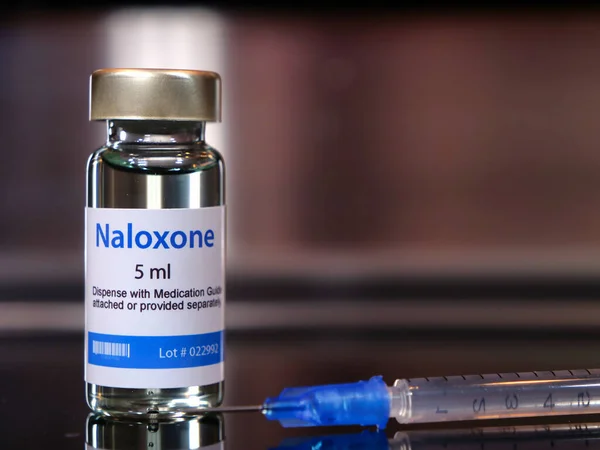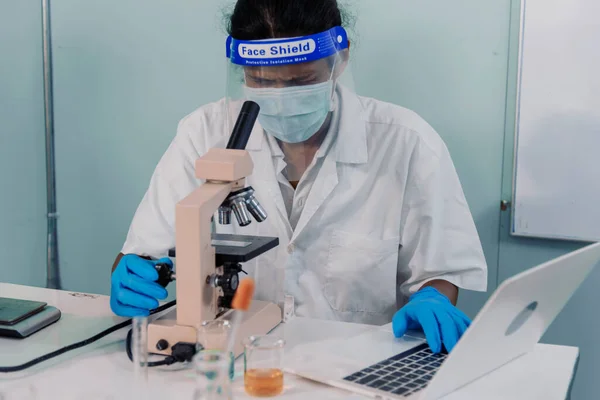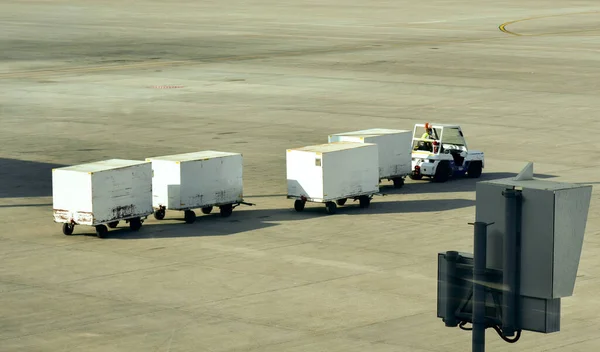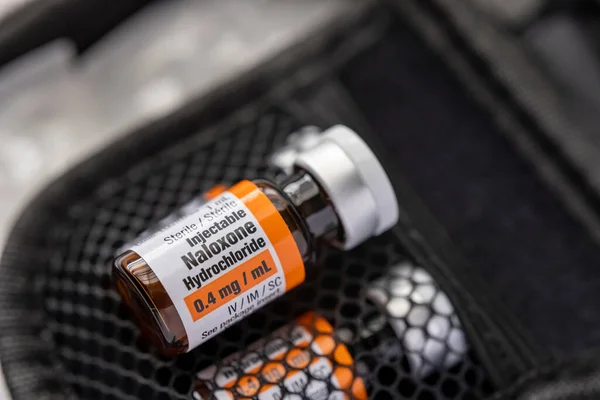
How can a medication most of the public has never heard of be quietly changing the contours of the overdose crisis? Nitazenes are a family of synthetic opioids that were first developed in the 1950s and never approved for medical use they’re now surfacing in illicit supplies around the world, some variants up to 500 times stronger than heroin, 10 times stronger than fentanyl. Their spread is rapid, their detection difficult, their danger extreme.

1. An Old Formula With a Deadly New Life
Nitazenes were developed as experimental painkillers by pharmaceutical company Ciba-Geigy, but were never pursued clinically due to their narrow safety margin and high risk of respiratory depression. After the tighter controls on the production of fentanyl in China and in the US, illicit chemists revisited historical pharmacology literature beginning in 2019, analogues such as isotonitazene, methonitazene, and etodesnitazene surfaced in recreational drug markets in Europe, North America, Oceania, Asia, and South America.

2. Potency That Redefines Risk
Nitazenes are μ-opioid receptor superagonists, which means that a quantity measured in nanograms can be lethal. For example, etonitazene has been reported as 1,000 times more potent than morphine, while estimates for isotonitazene are at ~500 times morphine’s potency. Australian Federal Police have likened using nitazenes to “Russian roulette,” warning that just six puffs from a contaminated vape or a single counterfeit pill can kill.

3. Hidden in Plain Sight
These opioids are often disguised sold as MDMA in teddy bear-shaped pills, passed off as cocaine, or pressed into counterfeit oxycodone or Xanax tablets. Many victims never knew they had ingested a nitazene. Polysubstance contamination is common, with nitazenes being found alongside fentanyl, methamphetamine, benzodiazepines, and xylazine, thereby increasing their risk of synergistic respiratory depression.

4. Naloxone: Effective but Not Enough
While naloxone remains the antidote, overdoses with nitazene frequently require multiple doses or prolonged infusions due to its slow dissociation from opioid receptors and potent active metabolite N-desethyl isotonitazene. A recent review found median parenteral doses of 1.20 mg were effective, but six of 30 patients needed continuous naloxone infusions for hours after resuscitation, which is inconsistent with current short observation guidelines for opioid overdose.

5. Detection Challenges
Standard toxicology screens for heroin or fentanyl rarely detect nitazenes; the low concentrations necessitate advanced analytical methods, including liquid chromatography–tandem mass spectrometry with precursor ion scan acquisition. Unfortunately, these techniques are very expensive and beyond the capabilities of most laboratories underreporting thus occurs. New nitazene-specific test strips are available but cannot differentiate analogues and may miss some variants, leading to potentially false reassurance.

6. Global Spread and Trafficking Patterns
Unlike fentanyl, which reached Europe from North America, shipments of nitazenes reach the continent directly from Asia by diverse distribution networks. Europe is the currently most affected region, with 22 nitazenes reported through the EU Early Warning System since 2019 seizures have tripled in 2023, and counterfeit medicines containing nitazenes are on the rise.

7. Public Health Strategies
Experts now call for an immediate scale-up of nitazene-detecting drug-checking services, public awareness about the presence of the chemical in opioids and stimulants, wider availability and distribution of take-home naloxone kits, and initiation prevention through education in schools and universities. Fixed-site and event-based drug checking has the potential to identify contaminated supplies before they cause harm.

8. Policy and Law Enforcement Responses
While only ten of the nitazenes are under international control, generic legislation-covering entire chemical classes-may act to contain their proliferation. The UNODC calls for coherent global action, including precursor bans, cross-border intelligence sharing, and forensic capacity building. Regional programmes in South-Eastern Europe are strengthening customs, police, and judicial cooperation to help intercept synthetic opioids before they reach consumers.

9. The need for continuing research
There is limited information regarding the nitazene pharmacokinetics in humans. Monointoxications are seldom studied, but necessary to optimize naloxone regimens and predict withdrawal syndromes. Research on novel antagonists with a prolonged duration of action may provide a better survival rate, and AI-assisted forensic intelligence may forecast which analogs will emerge before they appear on the market.
Nitazenes represent a convergence of extreme potency, stealthy distribution, and analytical elusiveness. Their rise underlines how urgently health systems, forensic labs, and law enforcement have to adapt quickly since, in this new phase of the opioid crisis, the margin for error is measured in micrograms.


